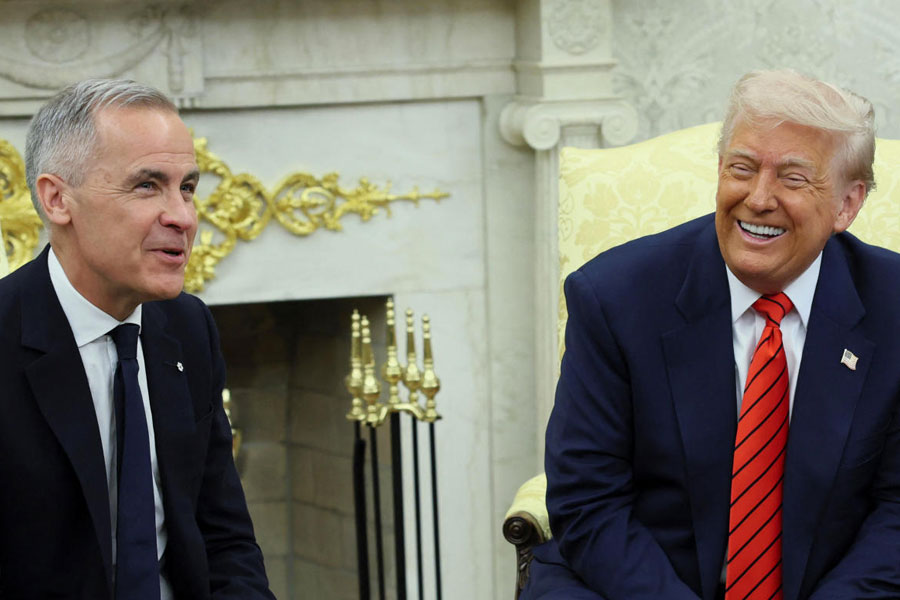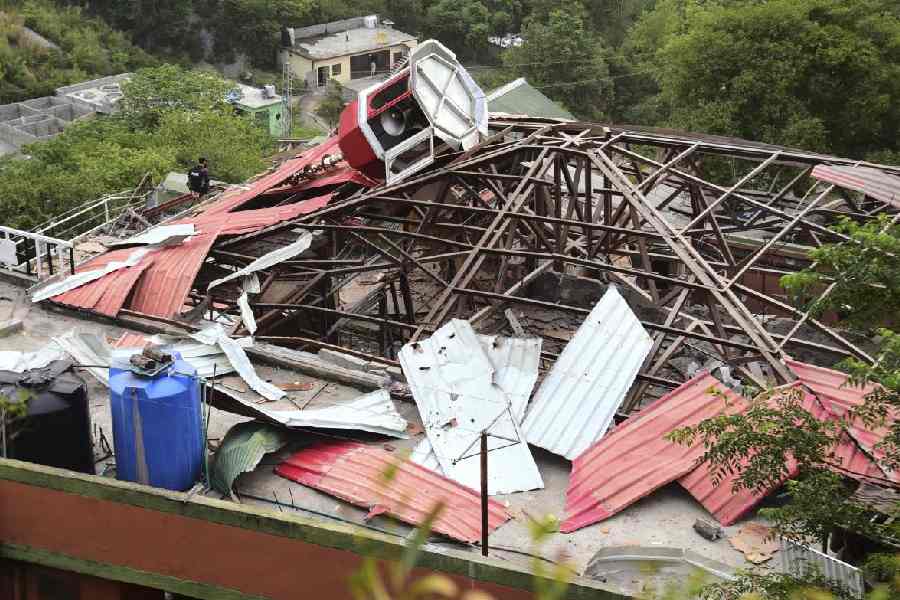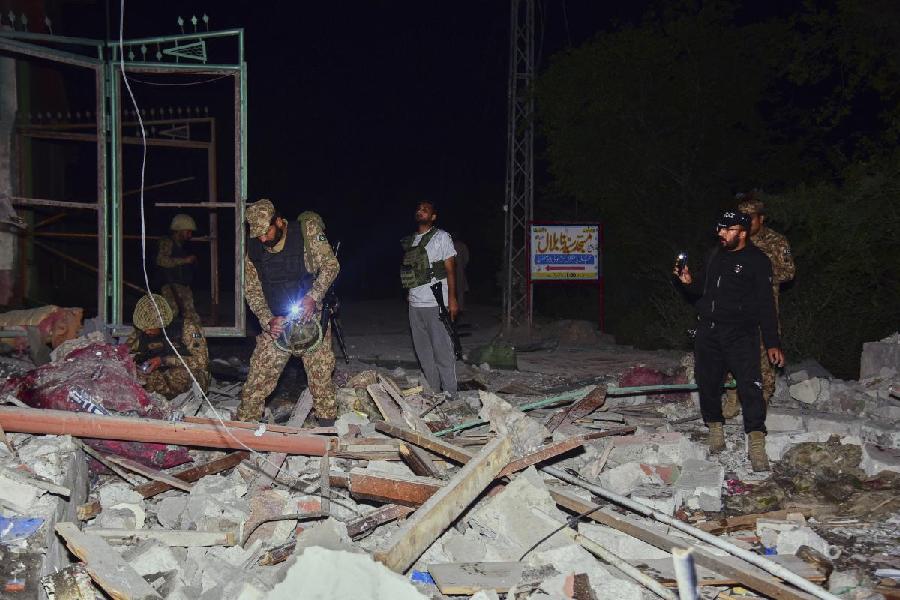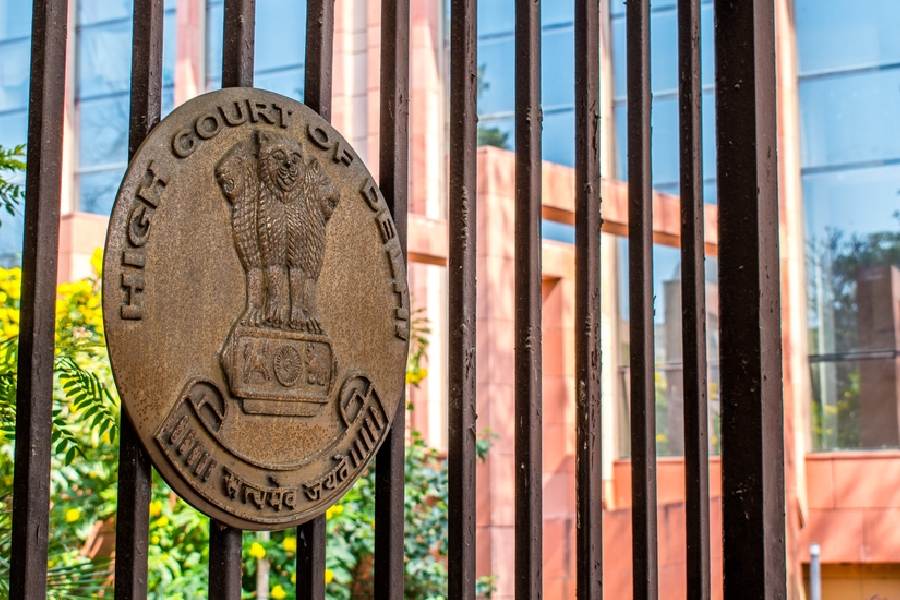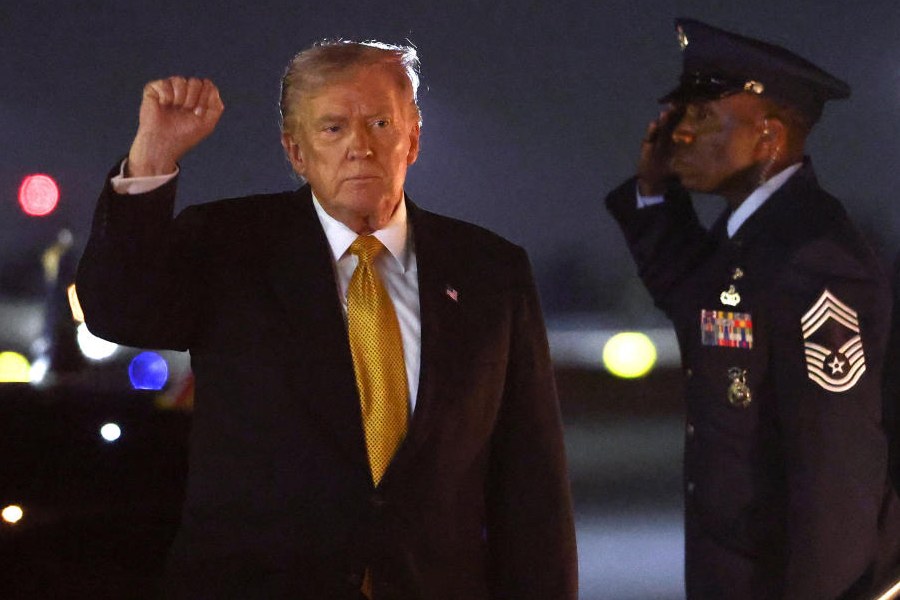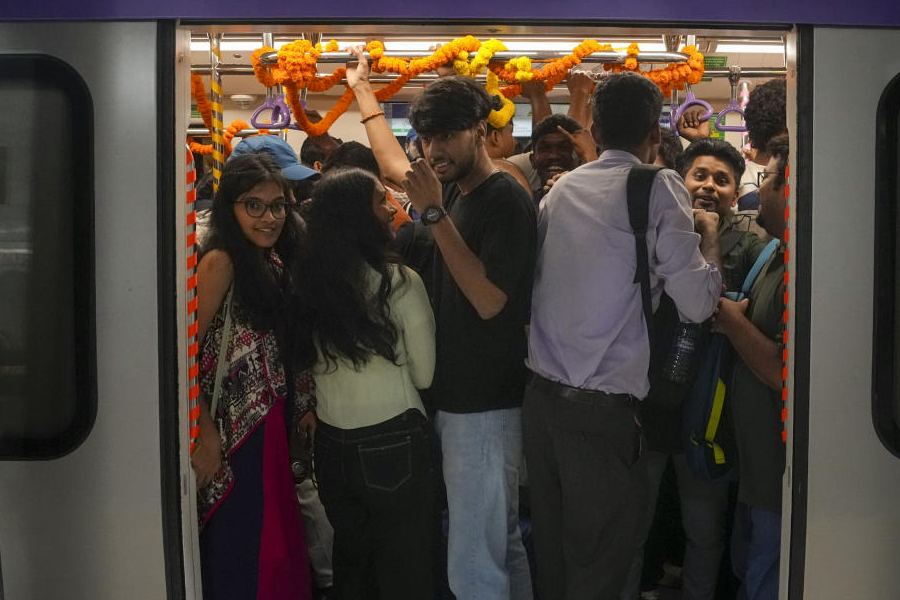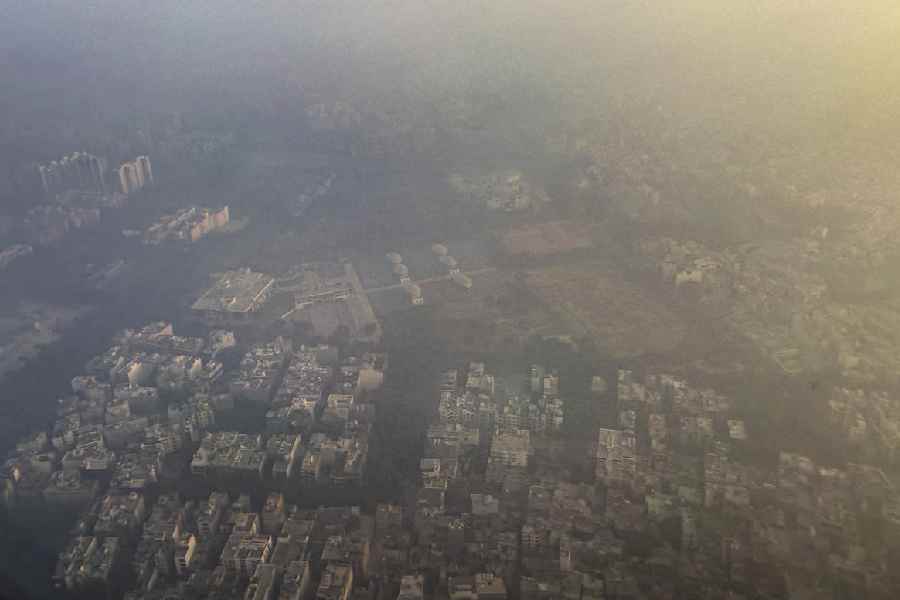Here’s a grim thought: Could it be that the world has grown profoundly weary of the endless India-Pakistan strife and tuned out completely? That’s the possibility that springs to mind as all-out war threatens to engulf the subcontinent.
The brutal fact is that the world has a bag full of problems – and everyone’s got their eyes elsewhere.
The first question is: where are the peacemakers today? For instance, when the Kargil war erupted in 1999, President Bill Clinton summoned Nawaz Sharif to Washington, showed him satellite photos, and arm-twisted him into retreating. In 2002, it was U.S. mediation that defused the tense standoff and brought us back from the brink of war following the Parliament attack.
What’s happening this time around? For starters, it’s tough to imagine Donald Trump as a peacemaker. He more than lived up to his reputation as the flakiest US President in recent memory by casually remarking about India and Pakistan: “They’ve been fighting for a long time. For a thousand years.” On Tuesday, he uttered the ultimate in diplomatic detachment: “I hope they sort it out.” He then swiftly moved on, casting his gaze even further afield – to Uganda and Congo.
As one analyst put it: “Any other President would have ordered his secretary of state to get cracking. But he’s just not interested.”
It could also be that there’s simply too much action elsewhere in the world for anyone to focus on just one problem.
In our corner of Asia, India was letting loose a barrage of missiles at places like Bahawalpur and Muridke, where Jaish-e-Mohammed and Lashkar-e-Taiba are headquartered, respectively.
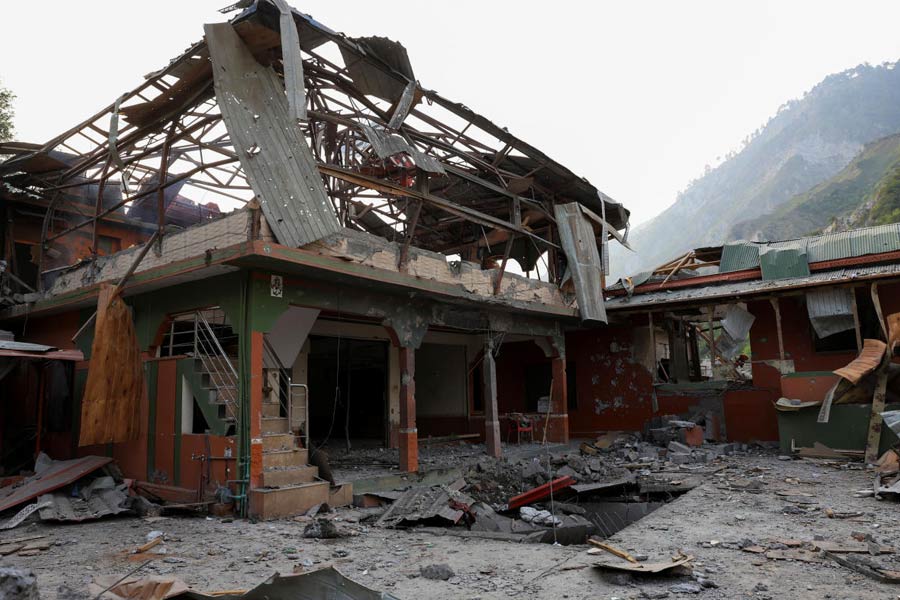
A view of the Bilal Mosque, after it was hit by an Indian strike in Muzaffarabad, the capital of Pakistan-administered Kashmir, May 7, 2025. (Reuters)
Meanwhile, the world’s press was captivated by Canadian Prime Minister Mark Carney, who raised cheers and laughter by dancing rhetorical circles around Trump during a White House encounter.
“Never say never,” said Trump about the idea of Canada becoming America’s 51st state. Carney’s softly mouthed but firm reply came swiftly: “Never, never, never, never.” Trump, as one social media commentator put it, “looked like a chastened schoolboy.”
A glance through the global press reinforces the sense that India and Pakistan only make headlines when they start firing missiles. Yes, the Indian strike was noticed – but take a step back. The Washington Post was far more focused on domestic politics. “Trump takes axe to 2026 budget,” declared one page-one headline. Another read, “President goes after funding for ‘biased’ NPR, PBS,” while a third reported, “Downsizing planned at intelligence agencies.” Spiralling tensions in the subcontinent? Barely a blip.
The Guardian, for its part, devoted more ink to the cricketing exploits of 14-year-old Vaibhav Suryavanshi than to regional instability. “Meet sport’s new teenage superstar,” it proclaimed, in an awestruck profile that concluded: “What’s beyond doubt is that he is young, gifted and has the world at his feet.”
The world has shifted on its axis, as far as foreign policy goes. Remember Trump on the campaign trail, boasting he’d end the Russia-Ukraine war within 24 hours of taking office? Well, the war grinds on, with both sides trading missiles and drones.
Trump’s main contribution to “peace” has been coercing Ukrainian President Volodymyr Zelenskyy into signing a precious metals deal in exchange for more weapons. The war is now into its third year and looks like turning into a long, agonising slog – more World War I than blitzkrieg.
India finds itself on a tricky diplomatic wicket over Ukraine. We’ve stayed firmly on the fence, insisting the Russians have always stood by us – even as we now try to be best buddies with the US. Europe’s powers-that-be aren’t thrilled about this ambiguity, and may well be turning their heads and saying: “It’s your problem. You sort it out.”
Throughout his campaign, Trump also vowed to bring peace to the Middle East. In November, he claimed he could end the Gaza war within hours if re-elected. His big peacemaking idea ultimately? Expel the Palestinians and turn Gaza into a “Riviera” of the Middle East – owned, naturally, by the US.
Well, this week Israeli Prime Minister Benjamin Netanyahu is taking his military campaign to its logical extreme, threatening to annexe all of Gaza and force out its population.
US diplomacy under former President Joe Biden was also key in de-escalating tensions during the 2019 Pulwama-Balakot confrontation. But the isolationist streak in Trump’s Republican Party, with its “America First” emphasis, means Washington is now far less invested in regional peace than in domestic score-settling. That shift could have serious consequences for any India-Pakistan mediation.
Without a US-led global push, the stark reality is that India and Pakistan are being left to their own devices. We’ll have to work out a new modus vivendi – alone.
At this point, it’s fair to wrack your brain trying to name a single smart, global statesman who might help bring both sides to the table. The horrible truth? We’re sailing solo. And no one’s even paying attention – even if we start threatening to nuke each other into oblivion.

